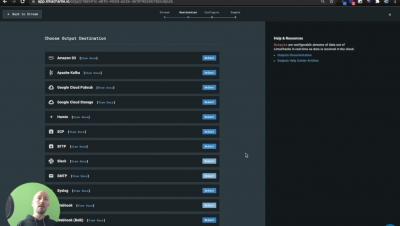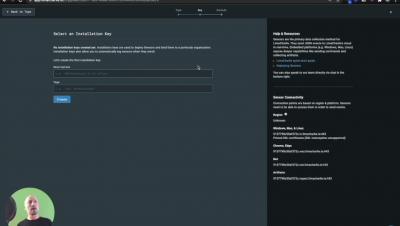The Oculus (Meta) Quest Scam
Oculus (also now known as Meta) Quest is a virtual reality headset and game craze created by Facebook, and it is the ultimate tech must-have for the holidays in 2021. My 11-year-old son is obsessed with it and during the past few months it has been impossible to get due to a recall and the wait for the new Quest 2 to be released.





